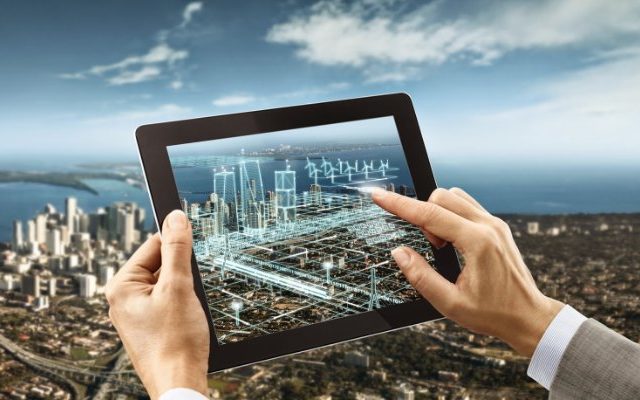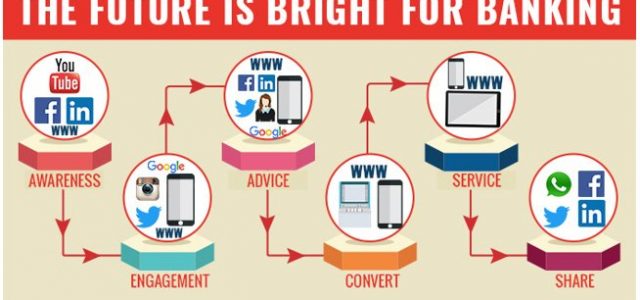IoT is certainly a hot topic. We’ve already explored best practices for IoT implementation and its effects on logistics and the retail space. Now we’re diving into the utilities and green energy sectors, which are industries that can benefit greatly from the connectedness and efficiency that IoT brings. Energy usage is already a leader in IoT with the explosion of both smart meters and smart thermostats such as Nest, which provide a wealth of information about energy usage patterns.
And the industry is poised for an explosion, with a report from Ericsson stating “The global number of devices being managed by utility companies is projected to grow from 485 million in 2013 to 1.53 billion in 2020.” This is a massive increase that will require utilities to implement tech to manage all of the incoming data.
Here’s just a few ways IoT is transforming the utilities and green energy industry:
Leveraging Data for Optimal Efficiency
Utilities will face a need to monitor the grid in real time, to ensure it stays reliable and delivers the power needed for current demand. Aiding the utilities is the plummeting cost of sensors which will allow them to increase the number of connections and the resulting data. And smart meter deployment adds another factor of data which will encourage applications and other tools that will then harness the raw data.
For an example, utilities can leverage meter or broader network data to improve the time it takes to restore power and to control load and generation on a local level. The long view goal of utilities is to create an “intelligent grid,” where sensors are connected to physical machines and other sensors. These sensors become more advanced over time and will feature embedded software and built-in analytics to improve efficiency and customer satisfaction. Data collected by these sensors includes temperatures, vibrations, flow rates, and pressures, all of which provide operators with the data they need to make real-time decisions or to allocate resources.
Smart Meters for Improved Customer Experience
The days of the “meter reader” checking by hand are vanishing, replaced by “smart” meters that monitor consumer energy consumption in real time. These meters enable automated billing that can be based upon when the consumption is taking place (for example peak-time energy usage during a hot afternoon), as well as instant outage alerts. Meter-to-appliance communication can help guide customers on how their behaviors (type of device and time of day) impact their consumption, and how to make more efficient choices.
Remote meters also impact the customer experience. For example they can remotely activate or terminate the electrical service for a customer that is moving, and detect possible tampering and help avoid incorrect bills. As consumers gain familiarity with the data provided through the meter they’ll further adjust behaviors that can result in lowered utility bills.
Smart Grid Technology Aiding the Growth of Renewables
Disregarding the efforts of some utilities to discourage customers from pursuing their own electrical generation through solar, the smart grid itself is ideal for renewables. With the smart grid, utilities can better handle diverse sources of electricity such as wind, solar, and battery storage. Solar and wind are created and distributed locally and by nature (no generation at night) they are intermittent. The smart grid is dynamic because it helps operators to manage changes in production, so alternative sources can be better flowed into the grid with no impact to the end user. These improvements are also leading the way to “super grids” that connect power across multiple countries and vast distances, such as the current system in Europe.
Solar power will also be changed and enhanced through the further introduction of IoT. For example, some companies can use sensors and reliable cell networks to no longer require residential customers to have their own internet connection to the system. So a password change or a broken Wi-Fi router will no longer cause disconnection, as the solar provider has built-in instant access to system monitoring data. Solar providers can also use aggregated data to better gauge the performance and positioning of their panels to ensure they follow optimal best practices for each installation.
IoT’s impact will be felt across the renewables sector, from the optimization of wind turbines to monitoring of carbon capture efforts. The impacts will harness the power of IoT which is the promise of improved efficiency along with lowered costs.
Want to better understand the impact of IoT for your business? We can guide you. Visithttp://tblocks.com/internet-of-things/ to learn more.
Article by channel:
Everything you need to know about Digital Transformation
The best articles, news and events direct to your inbox
Read more articles tagged: Featured






